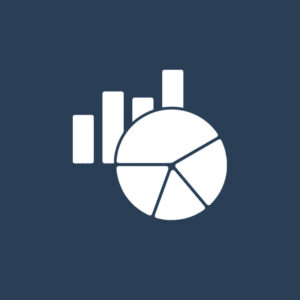Data Analytics is a key component of successful business management. Effective data use helps businesses understand their past performance and make better decisions about their future operations. At various levels of an organization’s activities, data can be used in a variety of ways.
There are four different forms of data analysis that are utilised by all sectors of society. Even though we group these into different categories, they are all interconnected and build upon one another. The degree of complexity and resources needed rise as you progress from the most basic sort of analytics to more complicated ones. The amount of additional knowledge and value also grows at the same time. Read the article below to know more about it.
What are the best types of data analytics?
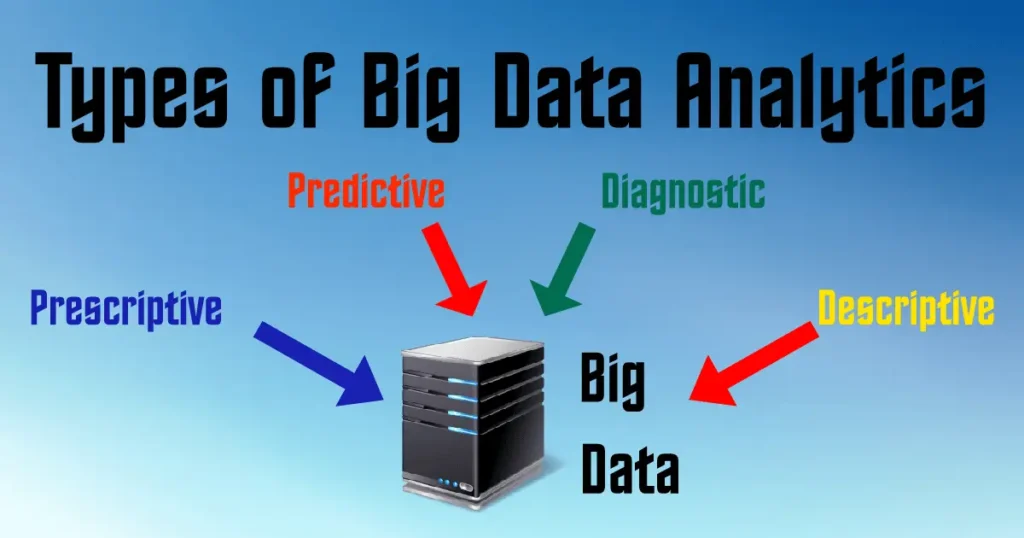
Depending on the stage of development of a company, many types of data analytics are suitable. The majority of businesses probably currently employ some form of analytics, but this often only provides information for making decisions that are reactive rather than proactive.
In order to improve business decisions and identify industry trends and opportunities, companies are increasingly implementing sophisticated data analytics solutions with machine learning capabilities. Businesses that do not begin using proactive, future-casting data analytics may experience poor business performance since they are unable to identify hidden trends and get further insights.
There are Four main types of data analytics:
- Predictive data analytics
- Prescriptive data analytics
- Diagnostic data analytics
- Descriptive data analytics
1. Predictive data analytics
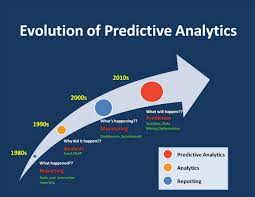
Through predictive analytics, the data are transformed into useful knowledge. Predictive analytics uses data to estimate the chance of a condition arising or the likely course of an occurrence.
In order to anticipate future events, predictive analytics uses a number of statistical approaches from modelling, machine learning, data mining, and game theory. These techniques analyse both current and past data. The following methods are employed in predictive analytics:
- Regular Regression
- Analysis and forecasting of time series
- Data Analysis
Also read: Bar of Pie – A Power BI Custom Visual By Datellers!
2. Prescriptive analysis

AI and big data are combined in prescriptive analytics to help forecast outcomes and determine the best course of action. The two subcategories of this analytics area are optimization and random testing. Prescriptive analytics can assist in providing answers to queries like “What if we attempt this?” and “What is the optimal action?” using developments in ML. You can test the right factors and even recommend brand-new ones that have a better possibility of producing a successful result.
3. Diagnostic data analytics
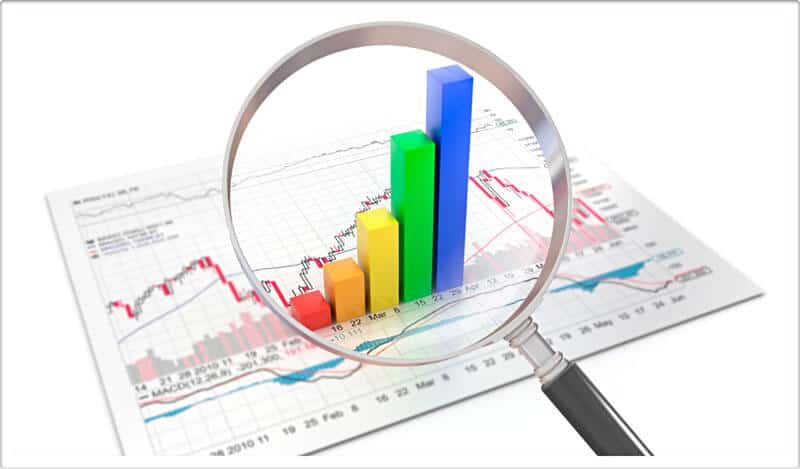
Even if it’s less thrilling than making predictions about the future, using facts from the past to guide your organisation may be quite beneficial. Analyzing data to determine causes and events or why something happened is known as diagnostic data analytics. Drill down, data discovery, data mining, and correlation techniques are frequently used.
Diagnostic data analytics provide an explanation for why something happened. It is divided into two additional categories, discover and alerts and query and drill downs, just like the previous categories. To extract more information from a report, query and drill downs are employed.
4. Descriptive data analytics
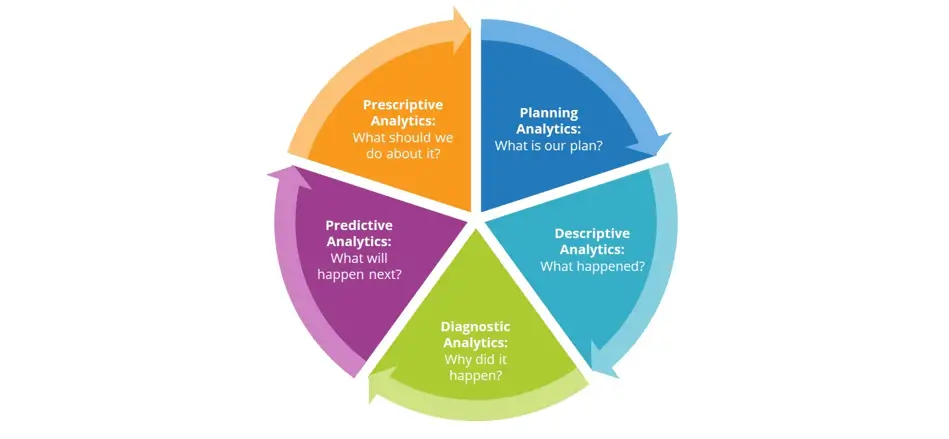
In order to understand how to approach future events, descriptive analytics examines data and analyses prior events. By analysing historical data, it examines prior performance and analyses performance to determine what caused past success or failure. This kind of analysis is used in almost all management reporting, including that for sales, marketing, operations, and finance.
In order to categorise consumers or prospects into groups, the descriptive model quantifies relationships in data. Descriptive analytics uncovers a variety of interactions between the client and the product, in contrast to predictive models that concentrate on forecasting the behaviour of a specific customer.


